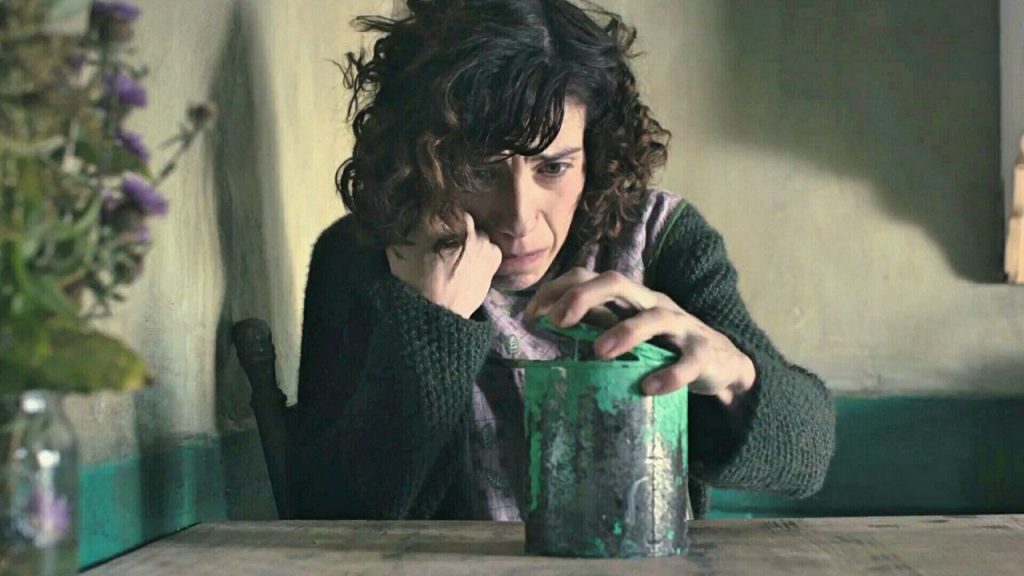It’s too easy to overlook or mock the outcasts of society, rather than seeing them as fully human beings who simply want and deserve as much love and happiness as the rest of us. But the new movie “Maudie,” about the turbulent yet ultimately redemptive true-life romance between acclaimed painter Maud Lewis and her husband Everett, offers a touching and powerful reminder of that simple fact.
In showing the perseverance and understanding that true love can bring to life’s struggles, it also offers an all-too-rare positive portrait of marriage — although there are some emotionally disturbing moments along the way.
The film opens on Maud, an extremely arthritic woman living in rural Nova Scotia during the 1930s, as she struggles mightily to make a painting that reflects her whimsically childlike view of the world. She has always been treated as helpless by her emotionally distant and condescending brother, Charles, and her Aunt Ida, yet she has a beautiful smile and maintains a sweet spirit. Maud still lives in her childhood home, under her aunt’s care — at least until Charles abruptly announces that he’s selling the house against her wishes.
Heartbroken, Maud vows to strike out on her own and fend for herself. She takes a job as a housekeeper for an angry, reclusive loner named Everett Lewis, who ekes out an existence selling fish and chopped wood to the townspeople and wants a woman around as much for companionship as cleanliness.
Everett initially scoffs at the idea that a disabled woman can be of any use, but she’s determined to make it work in exchange for room and board and 25 cents per week. He is verbally abusive toward her and even backhands her viciously in the face when she seems to indicate to a client that they are romantically involved.
Everett slowly realizes that she is indispensable to him, helping organize his accounts and brightening his home with her paintings of flowers, nature and people. Yet their interactions remain strained while they are forced to share the same bed platonically due to the house’s very limited space. Over time, the awkward arrangement eventually blossoms into true, if at times difficult, married love.
When a well-to-do client of Everett named Sandra notices her imagery, she offers to buy a painting. Soon, Maud is finding newfound confidence as both word of mouth and media attention for her works on canvas start to spread far and wide — even as the attention she receives proves difficult for her husband.
“Maudie” depicts a relationship that gradually transforms each of their challenging lives, even as Everett’s emotional instability continues to rear its ugly head on occasion. The movie ultimately proves to be a beautifully scaled depiction of the redemptive power of love and an extremely positive view of marriage.
As the lead characters, both Sally Hawkins as Maud and Ethan Hawke as Everett deliver moving and impressively nuanced performances. Hawkins is outstanding in depicting the physical impairments that the artist struggled with, while Hawke digs deep to convey Everett’s wounded spirit. Their relationship reveals that inner beauty and goodness are what truly matter in life.
“Maudie” is to be commended for depicting difficult subject matter with a great deal of discretion. With barely any foul language and a sex scene that is covered by bedsheets and seen from across a room, its most morally questionable content comes from Everett’s emotional — and, on one occasion, physical — abuse of Maudie.
While it is hardly a movie that teens and kids are likely to take an interest in, the PG-13-rated “Maudie” is appropriate for older teens and adults.

